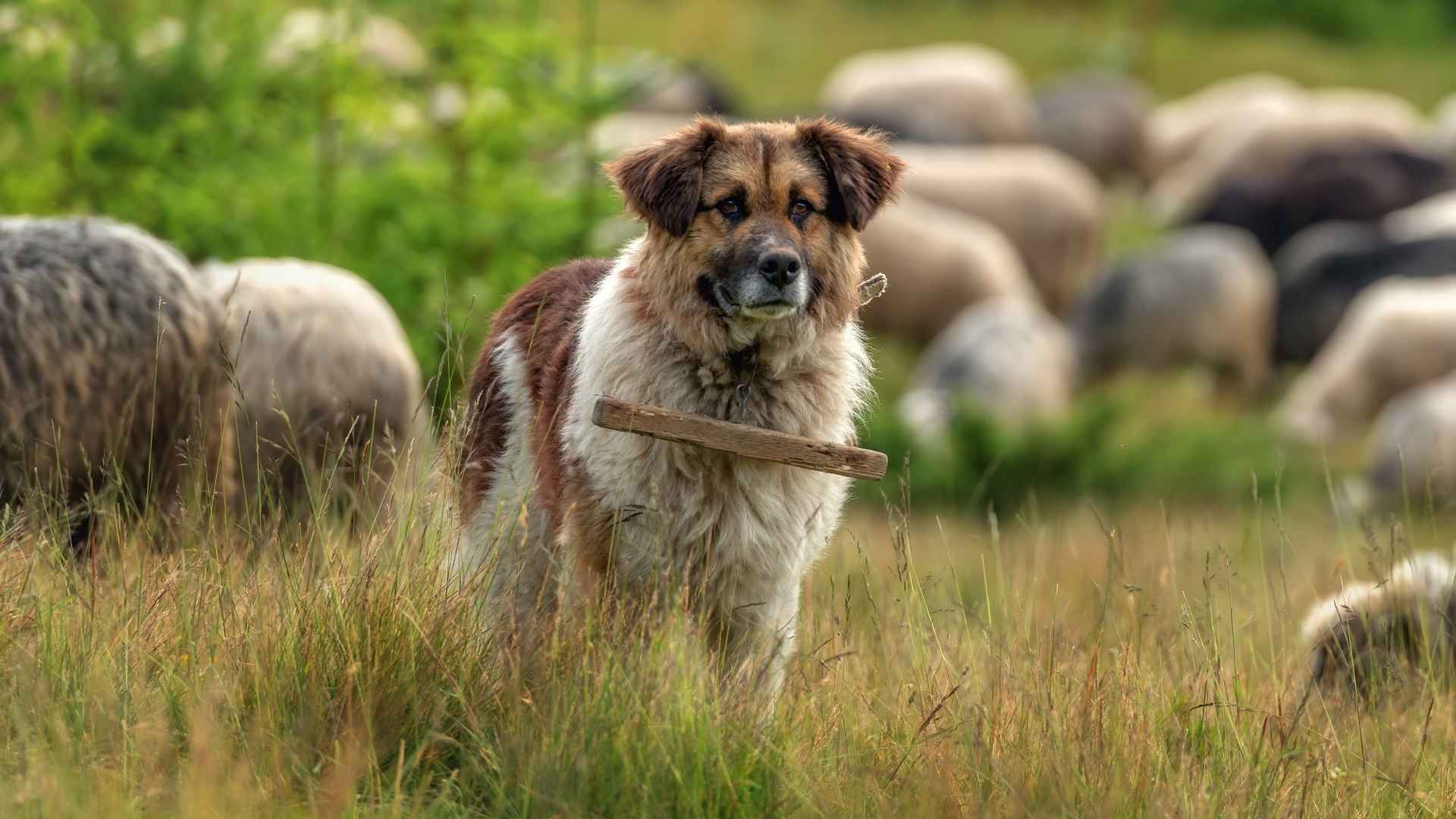Across sprawling ranches and rolling pastures, dogs have long served as trusted partners to farmers and ranchers, playing vital roles in daily operations. These intelligent and hardworking canines are far more than companions; they are tireless herders, vigilant guardians, and natural-born pest controllers. Their unique combination of stamina, strength, and instinct allows them to cover vast terrain with ease, responding to both commands and their own sharp intuition.
Whether it’s rounding up livestock, defending flocks from predators, or keeping rodent populations in check, the best ranch dog breeds are equipped with skills honed through centuries of working alongside humans. Some breeds are celebrated for their precision in herding, while other breeds stand tall as reliable protectors. Smaller, scrappier breeds excel in rooting out vermin and safeguarding supplies.
In this article, we’ll explore the top ranch dog breeds, each with its own set of abilities that contribute to the smooth, safe, and efficient running of rural properties.
Best Ranch Dog Breeds
1. Australian Cattle Dog
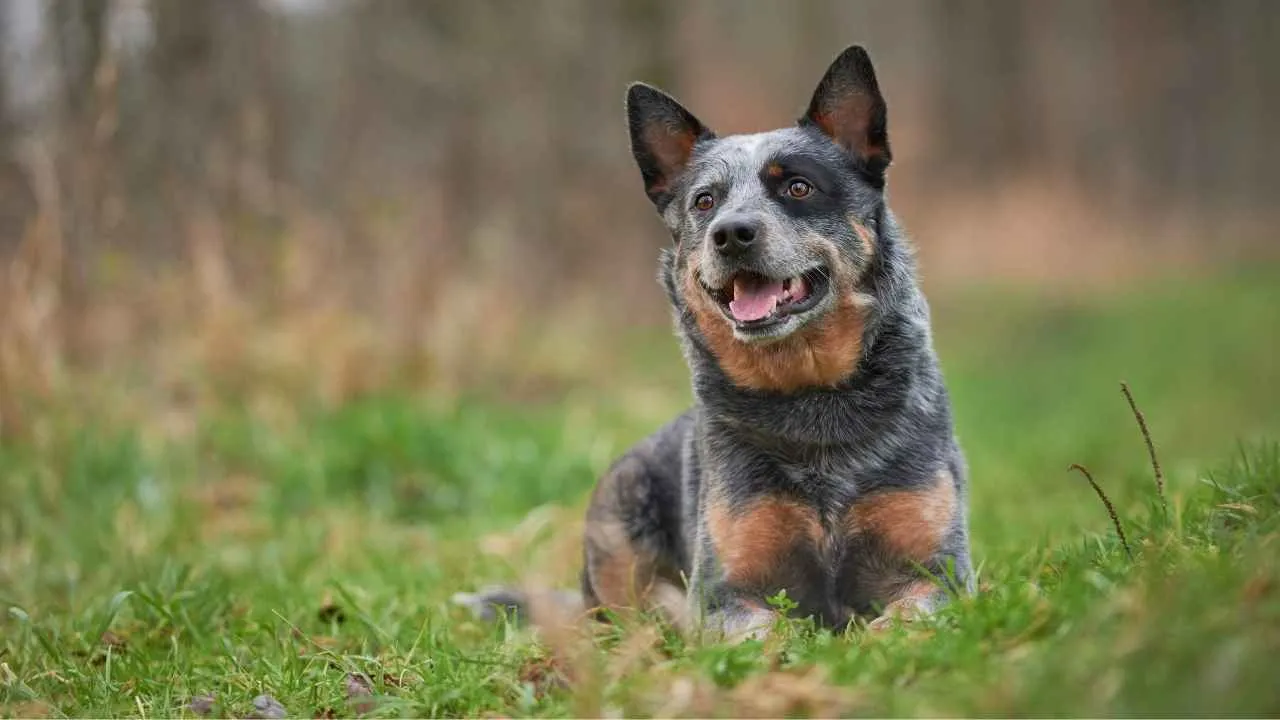
Few breeds embody the spirit of ranch work as completely as the Australian Cattle Dog. Originally bred to move cattle across vast Australian landscapes, these sturdy canines, often called Blue or Red Heelers, are known for their grit, intelligence, and unwavering determination. The AKC explains that the Australian Cattle Dog was developed for outdoor work and features a sleek, double coat that shields it from harsh weather conditions.
Their name comes from their instinctive method of guiding cattle by nipping at their heels, a behavior that’s both efficient and uniquely their own. Ideal for farms with livestock, ACDs are intensely loyal and fiercely dedicated to their tasks, often developing strong bonds with their owners. Their territorial nature also makes them vigilant watchdogs, though early socialization is key to managing their guarding instincts.

Exercise Needs
As one of the most active ranch dog breeds, the Australian Cattle Dog requires far more than a daily stroll. These dogs thrive when they have a job to do, whether it’s herding, running alongside their owner, or participating in dog sports like agility and obedience.
Their mental sharpness and physical stamina demand regular challenges to prevent boredom and destructive behavior. A working environment, particularly one with livestock, is ideal for keeping them fulfilled.
Fun Fact: This herding dog breed earned the nickname “heelers” due to their distinctive habit of herding cattle by nipping at their feet.
2. Australian Shepherd
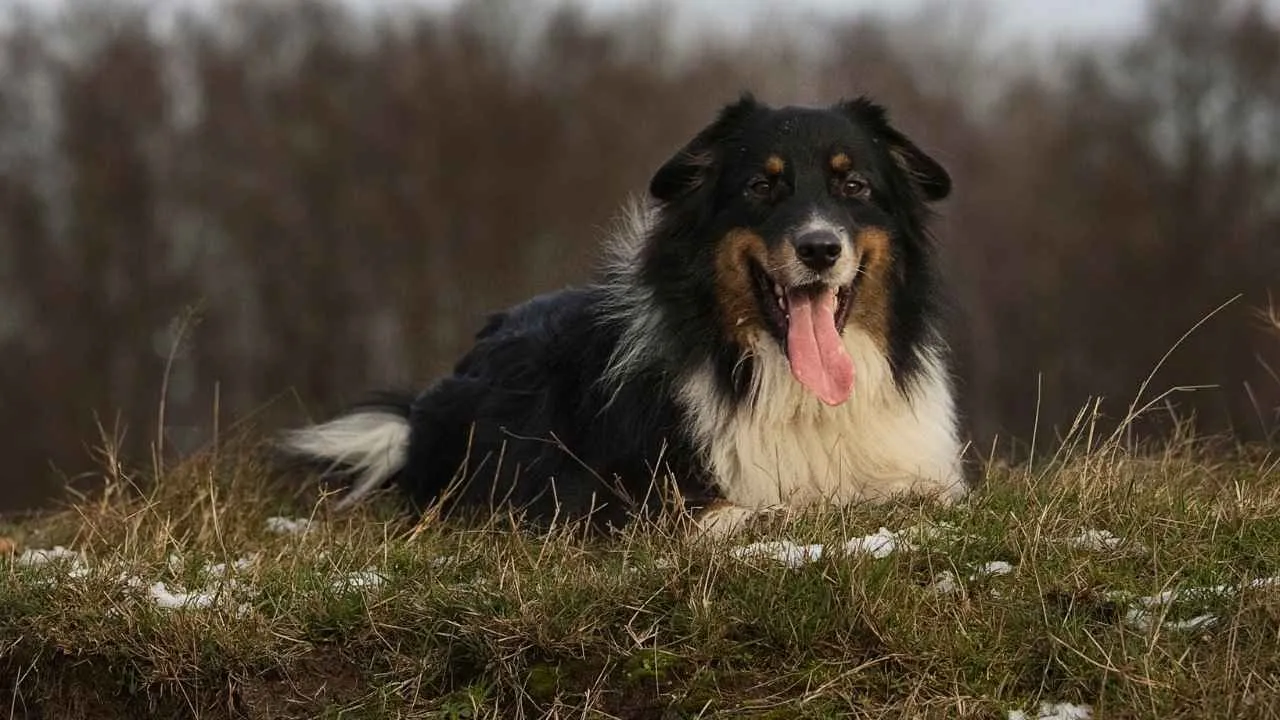
The Australian Shepherd has boundless energy, intelligence, and a strong herding instinct. Despite the name, this breed was actually developed in the United States, where it quickly became synonymous with ranch life across the Western frontier. Britannica notes that this resilient breed, known for its strong herding and protective nature, is distinguished by its highly diverse coat.
Aussies are born workers; they thrive on responsibility and flourish in environments that require quick thinking and physical agility. Ideal for managing cattle and other livestock, they are loyal, highly trainable, and eager to please, though their intense drive can overwhelm more casual pet owners. Their stunning coat comes in a variety of colors, including black, red, blue merle, and red merle, often accented with white markings or copper points.
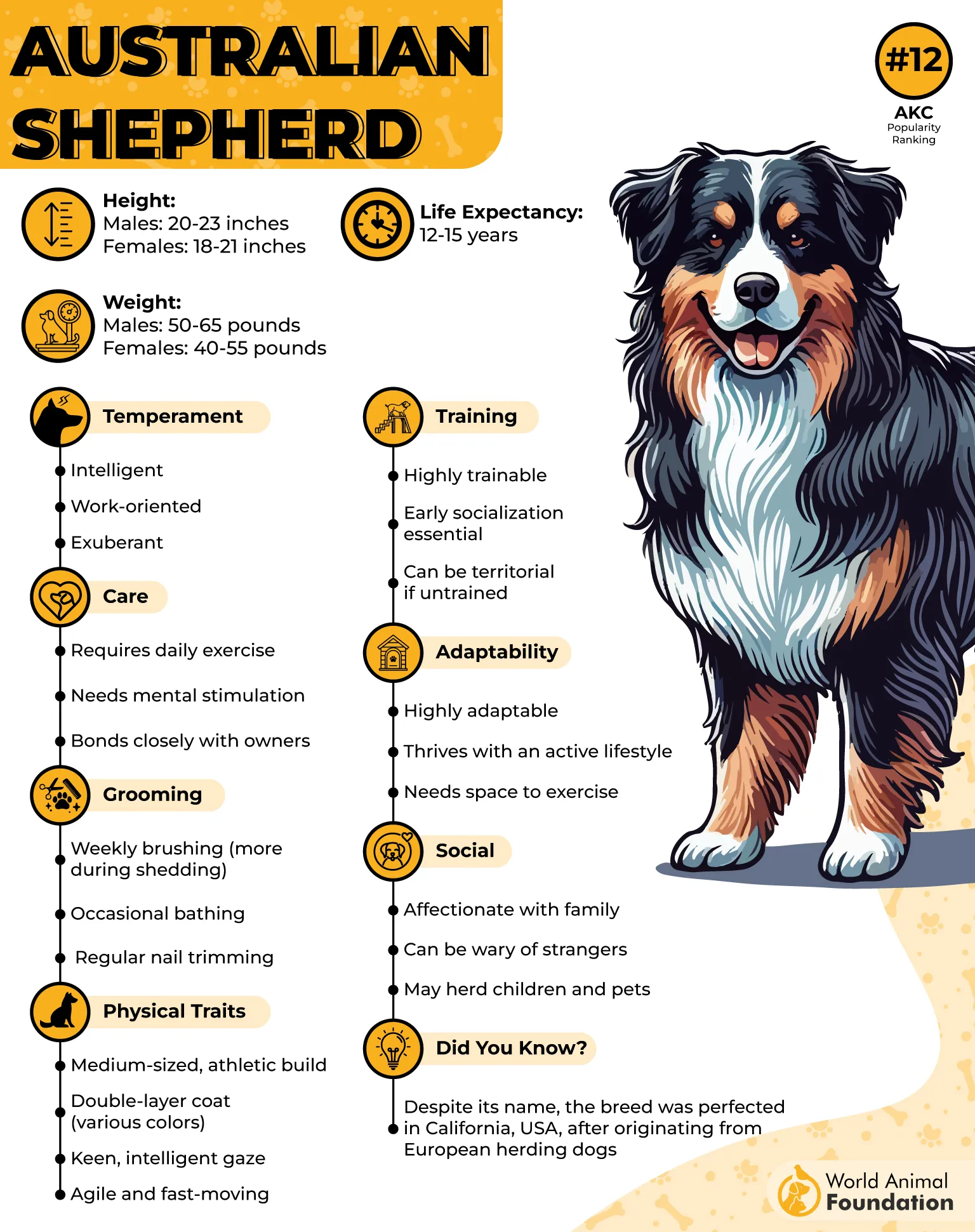
Exercise Needs
With their tireless drive and active nature, Australian Shepherds demand consistent mental and physical stimulation. Herding is second nature to them, but in the absence of livestock, structured tasks, advanced obedience, or canine sports like agility are excellent alternatives.
Simply put, these dogs are happiest when they have a purpose. Without regular activity, their energy can turn into restlessness or destructive habits.
Fun Fact: Many Australian Shepherds have striking eyes, brown, blue, amber, or even two different colors, adding to their distinctive appearance.
3. Border Collie
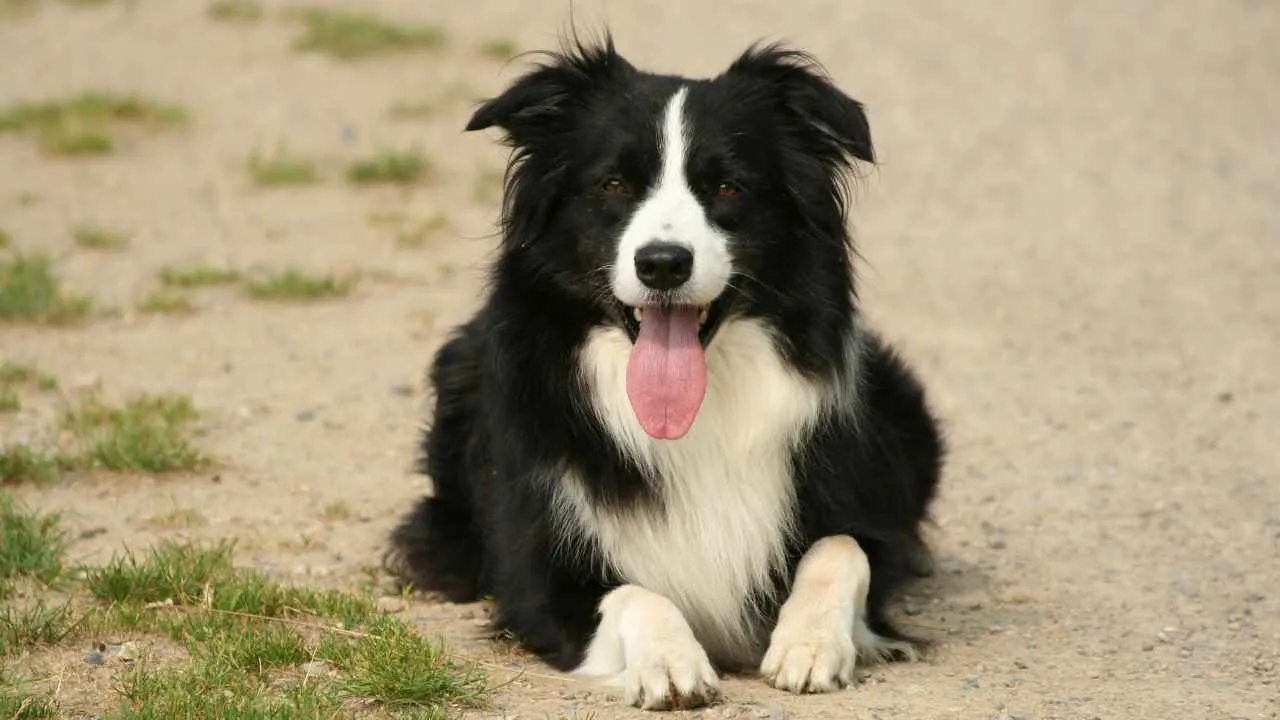
The Border Collie is often hailed as the gold standard of herding breeds, and for good reason. Hills Pet states that Border Collies are highly active dogs who need plenty of physical activity and enjoy running. Originally developed along the Scottish-English border, this agile and intelligent dog was bred to manage sheep across challenging terrain with ease and precision.
Their natural ability to gather and control livestock is unmatched, making them a staple on ranches and farms around the world. Recognized for their sharp minds, unwavering loyalty, and drive to please, Border Collies not only excel in herding but also dominate in obedience and agility sports. Their distinctive feathered tail, medium build, and expressive, semi-erect ears give them a keen, focused appearance that matches their high-functioning instincts.
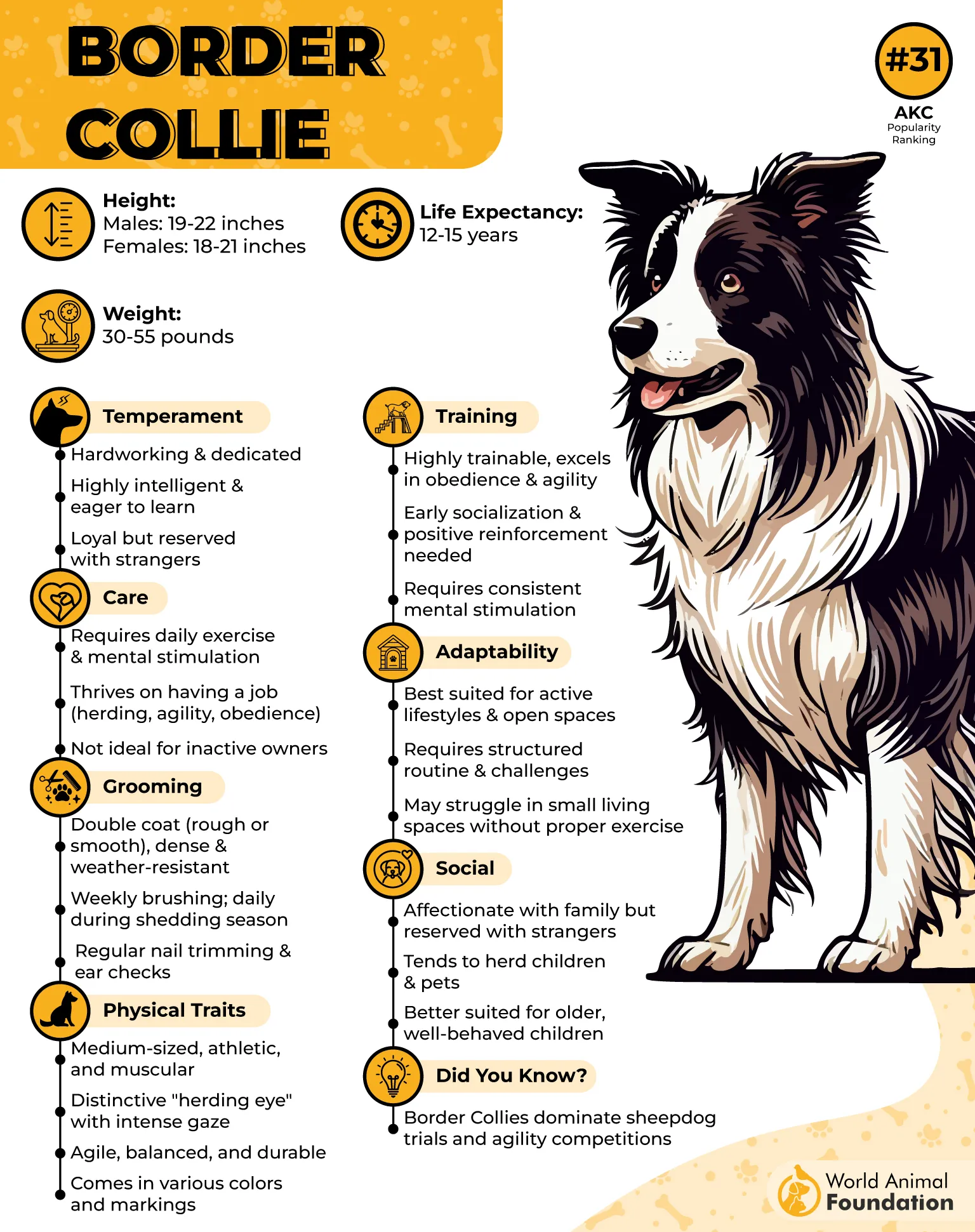
Exercise Needs
These farm dogs are among the most energetic and task-oriented of all working breeds. These dogs thrive when they have a job, whether it’s herding livestock, participating in dog sports, or engaging in structured play like fetch.
Without ample daily physical activity and mental stimulation, they may become restless or develop unwanted behaviors. A minimum of 40 minutes of vigorous exercise is essential to keep them balanced and content.
Fun Fact: Many experts consider the Border Collie the most intelligent dog breed, renowned for its quick learning and problem-solving abilities.
4. Pembroke Welsh Corgi
Originally bred in the rural landscapes of Wales, these short-legged herders were designed to move cattle and protect the farm. WebMD describes them as courageous, loving, and nimble dogs that thrive on having a job to do and being close to their families. Most Pembroke Welsh Corgis are naturally tailless.
Their agility, intelligence, and surprising strength make them an excellent choice for managing livestock in tight spaces. With a sharp mind and independent spirit, Corgis can take initiative but also require consistent training to stay well-mannered. Their protective nature and cheerful disposition have made them popular on and off the farm, earning royal recognition as a favorite of Queen Elizabeth II.
Exercise Needs
Though compact, Pembroke Welsh Corgis are athletic and driven. To stay happy and balanced, they need more than just casual strolls, daily play sessions, and herding games to help channel their energy and intelligence.
They particularly enjoy jobs that require both physical activity and problem-solving. While they can adapt to apartment life, regular walks and mental challenges are essential to prevent boredom, barking, or heel-nipping behavior.
Fun Fact: Queen Elizabeth II famously adored Pembroke Welsh Corgis, owning more than thirty during her lifetime.
5. Anatolian Shepherd
The Anatolian Shepherd is a quintessential guardian breed, perfectly suited for life on a ranch. Originating in Turkey, these massive, resilient dogs were bred to protect livestock from predators across unforgiving terrain. With an imposing presence, reaching up to 29 inches in height and weighing as much as 150 pounds, they blend strength and speed in a way few breeds can match.
Purina describes the Anatolian Shepherd as a strongly built mastiff-like breed, featuring a thick, short coat and a large, sturdy head. Their intelligence and problem-solving skills allow them to handle various challenges independently, making them ideal for rural settings that demand self-reliant working dogs. Calm and composed, they’re not excessive barkers and rarely show aggression unless genuinely provoked, which helps maintain a peaceful atmosphere among livestock.
Exercise Needs
Despite their size, Anatolian Shepherds benefit from daily structured activity to keep them physically and mentally stimulated. About two hours of exercise a day, divided into walks and interactive training sessions, is ideal.
While off-leash running is helpful, it should only be done in secure, private areas due to their territorial instincts and wariness of unfamiliar dogs or people. Puzzle games and problem-solving tasks further help meet their intellectual needs, especially in less active ranch settings.
Fun Fact: The Anatolian Shepherd’s lineage is so ancient, its ancestors are believed to appear in carvings dating as far back as 2000 BC.
6. Great Pyrenees
Majestic and composed, the Great Pyrenees is one of the best ranch dog breeds for guarding livestock, especially in colder or mountainous environments. Originally bred to protect sheep in the Pyrenees Mountains along the France-Spain border, these dogs combine gentle loyalty with unwavering courage.
While they may appear calm and affectionate, especially with children and family members, they transform into fierce protectors when they sense danger. Their deep bark and imposing size are often enough to deter predators, and their independent nature allows them to make decisions in the absence of human direction.
Exercise Needs
Though not as high-energy as herding breeds, the Great Pyrenees still needs regular physical activity to maintain good health. Daily walks and open space to roam suit them well, especially since they were bred to patrol vast pastures.
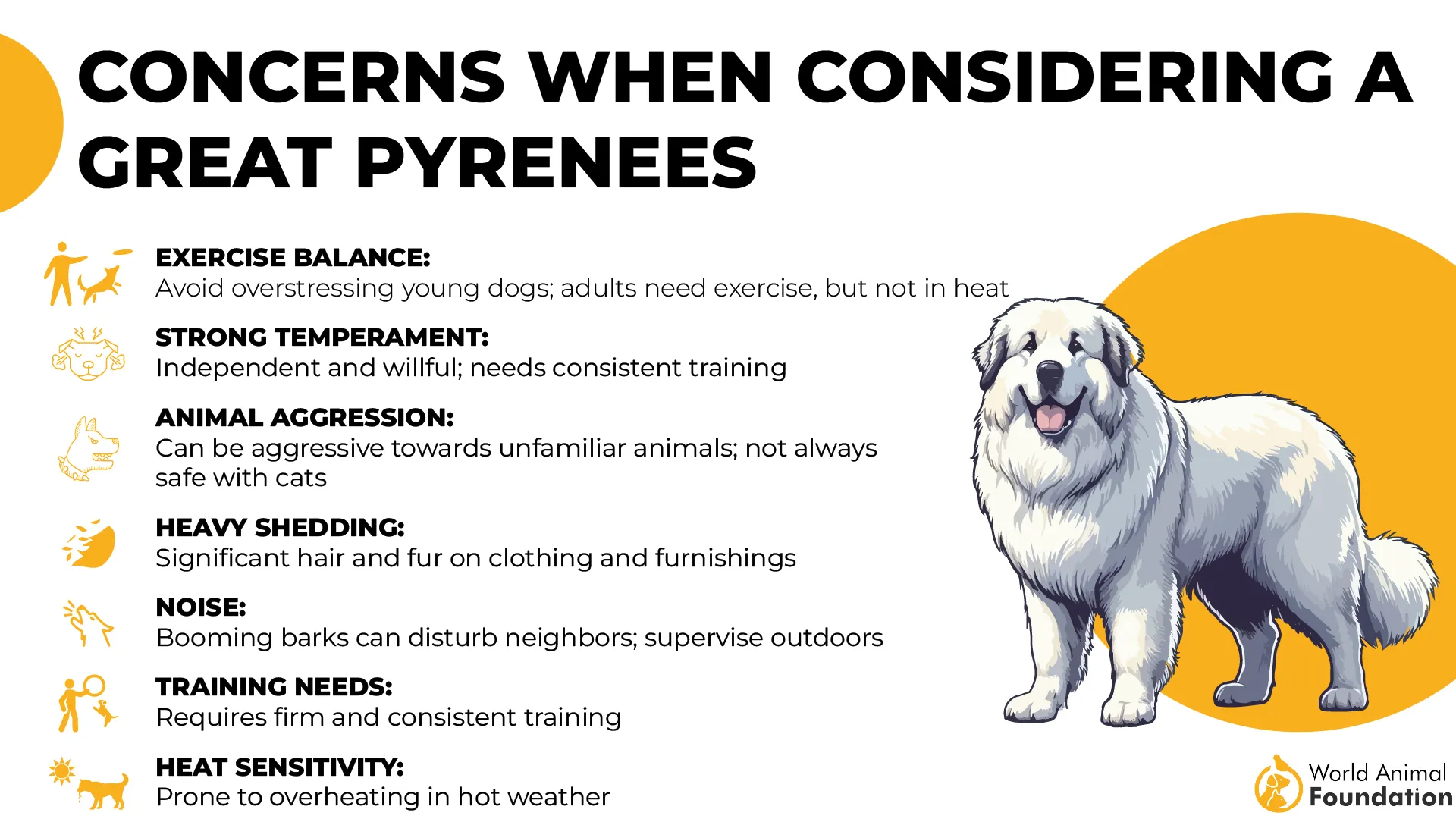
Their strong guarding instincts mean they’re content observing their surroundings, but mental stimulation through tasks or challenges helps keep them balanced and alert. This breed thrives in environments where they have a purpose; being a livestock guardian is their ideal job.
Fun Fact: The Great Pyrenees was originally bred to guard flocks in the harsh, rugged terrain of the Pyrenees Mountains and is still used for that purpose today.
7. Dutch Shepherd
The Dutch Shepherd, also known as the Dutch Herder, is a highly adaptable and intelligent breed. Originally developed in the Netherlands for herding duties, this herding dog quickly proved its versatility, capable of pulling carts, guarding property, and managing livestock. With a sharp mind and eager-to-please attitude, the Dutch Shepherd is often favored for its trainability and loyalty.
Though frequently mistaken for the German Shepherd, this breed is generally more independent and can be less stubborn when properly engaged. Their cautious nature around strangers is balanced by deep affection for their family, making them dependable and devoted working dogs.
Exercise Needs
This farm dog breed has an intense energy level and requires at least 90 minutes to two hours of physical and mental activity each day. Without adequate outlets, they may become restless or destructive.
Their athletic build and quick intelligence make them ideal candidates for obedience and herding work. Whether it’s farm tasks or structured dog sports, Dutchies thrive when challenged and given purpose.
Fun Fact: In addition to herding, Dutch Shepherds were historically used to pull carts filled with milk or produce, showcasing their strength and versatility on the farm.
Conclusion
Choosing the best ranch dog breeds depends on your land, livestock, and lifestyle, but one thing is clear: these hard-working canines bring unmatched value to any rural setting. From the determined Australian Cattle Dog to the versatile Dutch Shepherd, each breed brings its own strengths, whether herding livestock, guarding property, or keeping pests at bay. Their loyalty, stamina, and intelligence make them indispensable partners in managing the everyday demands of ranch life.
While some dogs are born herders, others excel in specialized tasks. Breeds like the Bernese Mountain Dog are known for their strength and calm nature, making them excellent for draft work and guarding. Meanwhile, agile Rat Terriers are fantastic for pest control, keeping barns and grain stores rodent-free. Whether you’re managing a large operation or a smaller homestead, the right dog by your side can elevate both productivity and companionship on the ranch. With proper training, these dogs become more than workers, they become part of the family.


